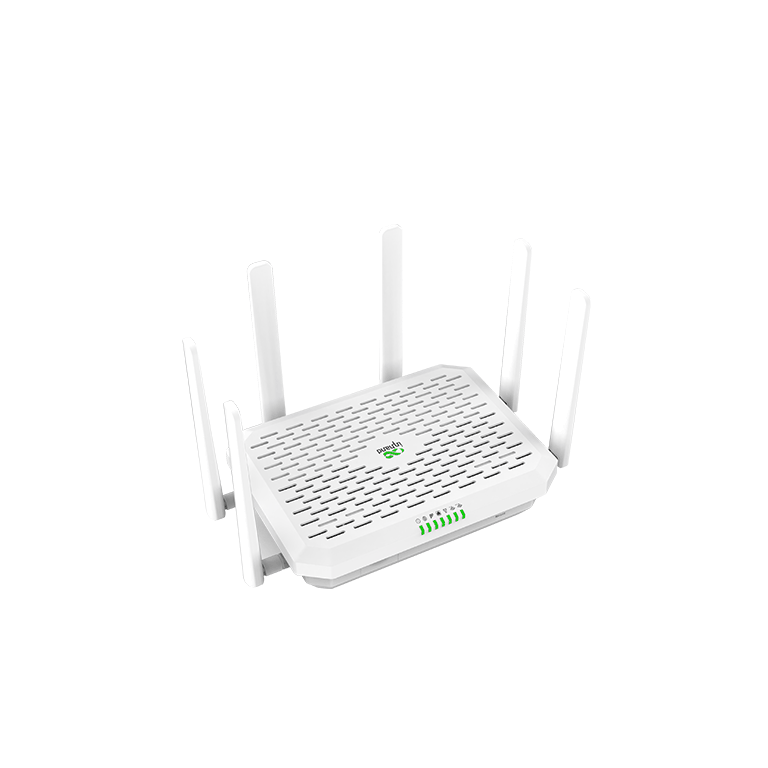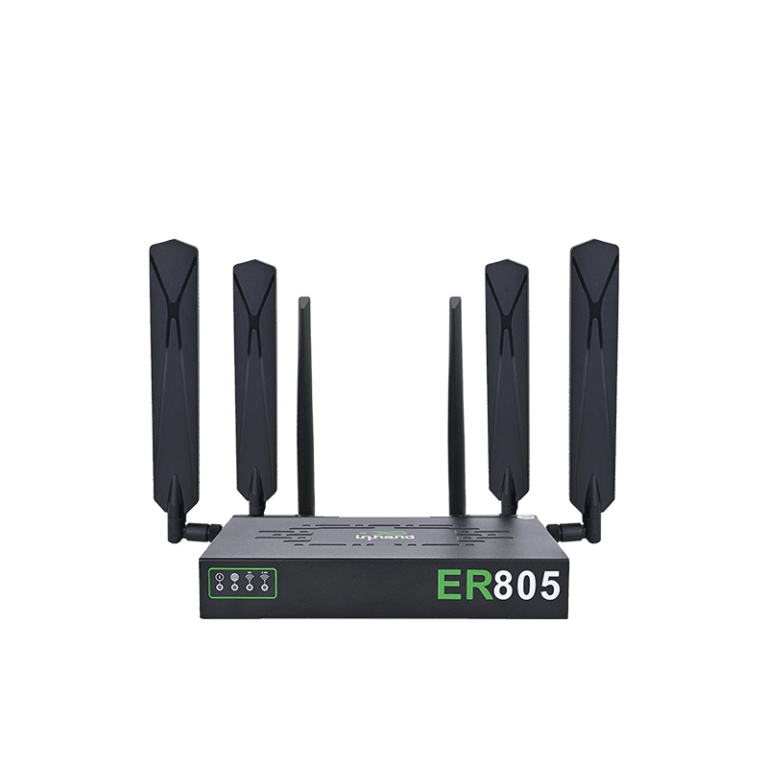Traffic Shaping: The Invisible Hand of Network Management
In today’s hyperconnected world, networks face constant pressure to deliver data efficiently. From streaming 4K videos to mission-critical IoT communications, diverse traffic types compete for limited bandwidth. Without intelligent control, networks risk collapsing under the weight of “bandwidth greed”. To prevent chaos, network engineers rely on a subtle yet powerful technique called traffic shaping. This article dives into its technical foundations, real-world applications, and why it’s indispensable for modern networks.
What is Traffic Shaping?
Traffic shaping (also known as packet shaping) is a bandwidth management technique that controls data flow to optimize network latency and ensure the performance of critical services. Unlike blunt tools like traffic policing (which discards excess packets) or throttling (which enforces hard speed limits), traffic shaping prioritizes efficiency over restriction by regulating transmission rates through delaying, queuing, or smoothing packets to align with predefined policies.
Imagine a highway merging into a tunnel. Traffic shaping isn’t about closing lanes (like throttling) or turning cars away (like traffic policing) — it’s a smart “traffic light” system that meters entry to prevent gridlock while ensuring ambulances (high-priority data) always get through. Traffic shaping plays a very important role in preventing network chaos, prioritizing critical services, and balancing resource usage.

Why Traffic Shaping Matters?
Modern networks demand more than raw speed; they require predictable performance. Here’s how traffic shaping delivers value:
Preventing Network Congestion
Without traffic shaping, sudden bursts of data (e.g., video streaming, large file transfers) can overwhelm network capacity, leading to packet loss, latency spikes, and degraded performance for all users. By smoothing traffic flows and prioritizing critical data, shaping acts as a “pressure valve” to maintain stability during peak usage.
Guaranteeing Quality of Service (QoS)
Real-time applications like POS transactions, VoIP calls, video conferencing, or industrial IoT control systems require low latency and consistent bandwidth. Traffic shaping enforces QoS policies to reserve resources for these high-priority tasks, ensuring seamless operation even in crowded networks. For example, in a hospital, patient monitoring data is prioritized over visitor Wi-Fi to prevent life-critical delays.
Cost-Efficient Resource Utilization
Instead of investing in expensive bandwidth upgrades, organizations use traffic shaping to maximize existing infrastructure. By suppressing non-essential traffic (e.g., social media, ads), resources are redirected to mission-critical workflows.
Fair Resource Allocation
Traffic shaping prevents bandwidth monopolization by specific users or applications. For instance, ISPs limit heavy torrent users during peak hours to protect the overall user experience. Enterprises allocate dedicated bandwidth to cloud-based tools (e.g., Salesforce) to ensure business continuity.
In essence, traffic shaping transforms raw bandwidth into a managed resource, aligning network behavior with business goals and user needs. Traffic shaping is critical in modern network management, which revolves around optimizing performance, ensuring fairness, and adapting to the growing complexity of digital demands.

How Does It Work?
Traffic shaping operates by systematically managing data flow to optimize network performance and prevent congestion.
1. Traffic Classification and DSCP Marking
The process begins with traffic classification, where data packets are categorized based on parameters such as domain names, IP addresses, port numbers, protocols (TCP/UDP), or through advanced methods like Deep Packet Inspection (DPI) to identify specific applications (e.g., video streaming or VoIP).
After classification, packets are marked with a Differentiated Services Code Point (DSCP) value in the IP header’s DS field. Network administrators can also remark packets with the DSCP type they want. This 6-bit DSCP value indicates the desired per-hop behavior (PHB) for each packet, guiding routers and switches on how to handle them. For example, real-time traffic like VoIP can be marked with DSCP 46 (Expedited Forwarding, EF) to ensure low latency, while less critical traffic might be marked with DSCP 0 (Best Effort).
2. Queue Management Based on DSCP
Following classification and marking, queue management organizes packets into prioritized buffers. Techniques like Priority Queuing (PQ) ensure that packets with higher DSCP values, such as EF-marked packets, are transmitted first, benefiting real-time applications like video calls. Weighted Fair Queuing (WFQ) allocates bandwidth proportionally based on DSCP values—for example, reserving 40% for video traffic marked with AF41 and 10% for file downloads marked with AF11.
Routers and switches interpret the DSCP markings to apply appropriate PHBs, ensuring that each class of traffic receives the intended quality of service. This mechanism allows for scalable and efficient traffic management across the network.
3. Rate Limiting and Traffic Conditioning
The final step, rate limiting, enforces controlled transmission speeds using algorithms such as the Leaky Bucket, which smooths traffic into a steady stream (ideal for video streaming), and the Token Bucket, which permits short-term bursts, suited for web servers handling sudden request spikes.
By balancing prioritization, buffering, and rate control, traffic shaping acts as an “invisible conductor,” maintaining seamless connectivity for high-value applications while efficiently utilizing limited bandwidth.
Traffic Shaping vs. Traffic Policing vs. Throttling
Traffic shaping is often contrasted with other bandwidth-management tools, like traffic policing and bandwidth throttling. The key differences are summarized below:
| Aspect | Traffic Shaping | Traffic Policing | Throttling |
|---|---|---|---|
| Primary Goal | Optimizes bandwidth usage, ensuring stability and low latency for critical apps | Defines global policy to manage priorities, security, and resource allocation | Suppresses non-critical traffic to prevent resource hogging |
| Implementation | Buffering, rate adjustment | Classification, tagging, filtering | Rate limiting, packet dropping |
| User Experience | Optimized performance | Transparent policy enforcement | Noticeable speed reduction |
| Network Effect | High bandwidth utilization | Resource fairness | Potential bandwidth waste |
| Use Cases | • Prioritizing video conferencing in enterprises • Stabilizing video streaming bitrates | • Prioritizing medical device data in hospitals and disabling guest Wi-Fi | • Limiting P2P downloads during peak hours • restricting non-work apps (e.g., Netflix) in offices |
When to Use Which?
- Traffic Shaping: Optimize critical applications (e.g., VoIP, live streaming).
- Traffic Policy: Manage complex, rule-based traffic governance.
- Bandwidth Throttling: Quickly suppress non-essential traffic (e.g., backups, ads).
These tools often work together:
- Policies define rules → Shaping ensures priority flows → Throttling restricts low-priority traffic.
Understanding these distinctions helps design efficient, fair, and scalable networks!
Real-World Use Cases
Traffic shaping is a critical component of modern network management, widely implemented by Internet Service Providers (ISPs), enterprises, and retail organizations to optimize bandwidth usage, uphold service-level agreements (SLAs), and ensure the reliable delivery of real-time services.
- Internet Service Providers: ISPs employ traffic shaping to manage network congestion and maintain service quality for all users. For instance, Comcast used a policy that throttled users who consume a large portion of their provisioned bandwidth over a short period, marking their packets lower during congestion. Many ISPs apply shaping during peak hours to alleviate network strain – for example, some providers shape P2P traffic only in the evening to reduce peak transit usage and manage transit costs.
- Enterprise Office Networks: Businesses shape traffic to maintain seamless operations across distributed teams and critical systems. It prioritizes real-time communication tools like video conferencing and VoIP, ensuring executives can host global meetings without interruptions, even during peak data transfers such as ERP database updates or cloud backups.
- Retail Branch Networks: For retail operations, traffic shaping focuses on enhancing customer experiences and operational reliability. It guarantees uninterrupted POS transactions by prioritizing payment processing traffic, even during high-footfall events like holiday sales, while guest Wi-Fi is carefully throttled to prevent bandwidth competition at checkout counters.

In summary, traffic shaping is a common tool wherever bandwidth is scarce or expensive. The combination of these use cases has proven invaluable for managing performance and fairness in today’s networks.
Summary
Overall, traffic shaping strikes a balance between network efficiency and service quality. Its business value lies in maximizing existing infrastructure, improving user satisfaction, and avoiding the costs and complexity associated with uncontrolled congestion. It is not just a technical tool but a strategic enabler for reliability, efficiency, and scalability in an increasingly connected world.
InHand Networks offers a robust solution to these challenges with our 5G routers, such as the FWA02 and ER805. These routers come equipped with traffic shaping capabilities, allowing businesses to precisely manage data usage and prioritize essential applications. Whether it’s bandwidth reservation for POS transactions or data control to prevent overages, InHand Networks’ 5G routers provide the flexibility and reliability needed for modern business networks.
Related Products:

